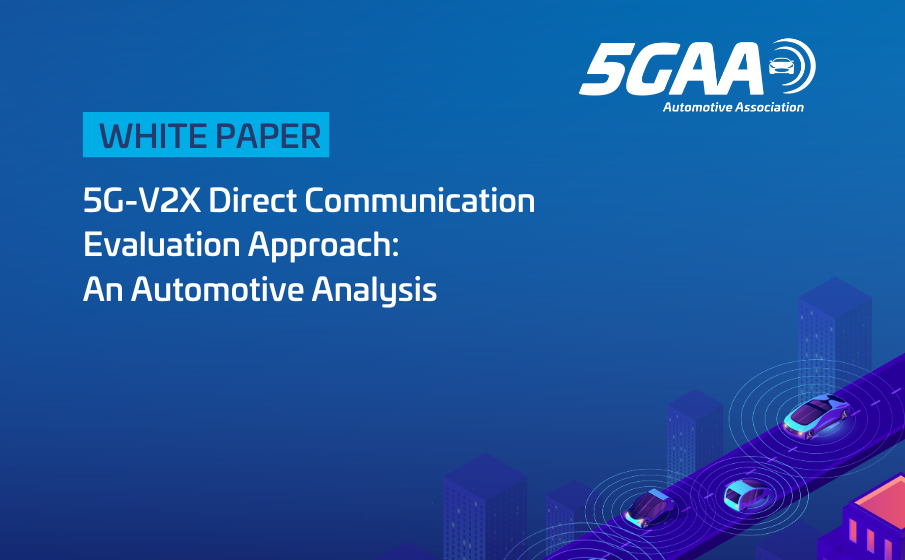
5G-V2X Direct Communication Evaluation Approach: An Automotive Analysis
This White Paper is considering realistic evaluation assumptions based on a common understanding between both the automotive industry and 5G-V2X technology vendors. Fifth-generation Vehicle-to-Everything (5G-V2X) technology, including the new direct communications radio technology (also called NR V2X), is moving toward deployment – starting in Europe with consensus among automotive OEMs, suppliers, and vendors.
To prepare for a massive deployment, an evaluation of NR V2X technology is indeed needed. Such an evaluation needs to be realistic enough to cope with automotive requirements, use cases, and system limitations (considering, at least, the first environment for implementation).
Find the full document here.

20th 5GAA Virtual Meeting Week
The 20th 5GAA Virtual Meeting Week will take place virtually from 25 October – 1 November 2021.
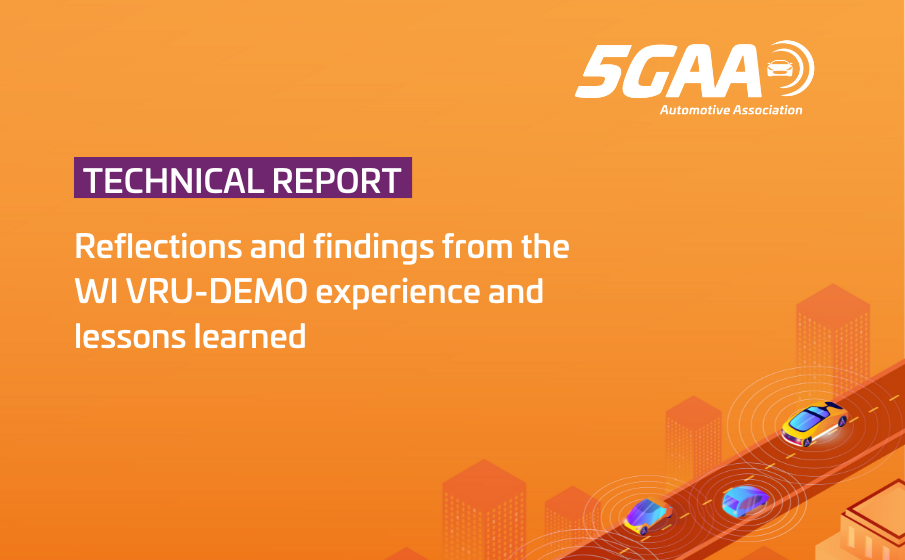
Reflections and findings from the WI VRU-DEMO experience and lessons learned
This technical report on 5GAA’s Work Item VRU-DEMO details the integration of system components and interface development for a cohesive user experience. It covers the selection of use cases and documents the key aspects of the VRU-DEMO WI, a 5GAA member collaboration demonstrating network-based VRU protection services’ interoperability, advancing C-V2X technology.
The report begins with the System Architecture used in demonstrations at Mcity, University of Michigan. It analyses the technical framework for VRU protection services and outlines use case selection criteria. It evaluates performance using Key Performance Indicators during trials and live showcases.
Additionally, the technical report discusses challenges, strategies, and insights gained, offering recommendations for future projects and exploring the standardisation of message types for VRU protection.
Find the full document here.

TNO (Nederlandse Organisatie voor Toegepast Natuurwetenschappelijk Onderzoek)
TNO connects people and knowledge to create innovations that boost the sustainable competitive strength of industry and well-being of society.

22nd 5GAA F2F Meeting Week
The 22nd 5GAA F2F Meeting Week will take place face-to-face in Atlanta, USA from 9-13 May 2022.
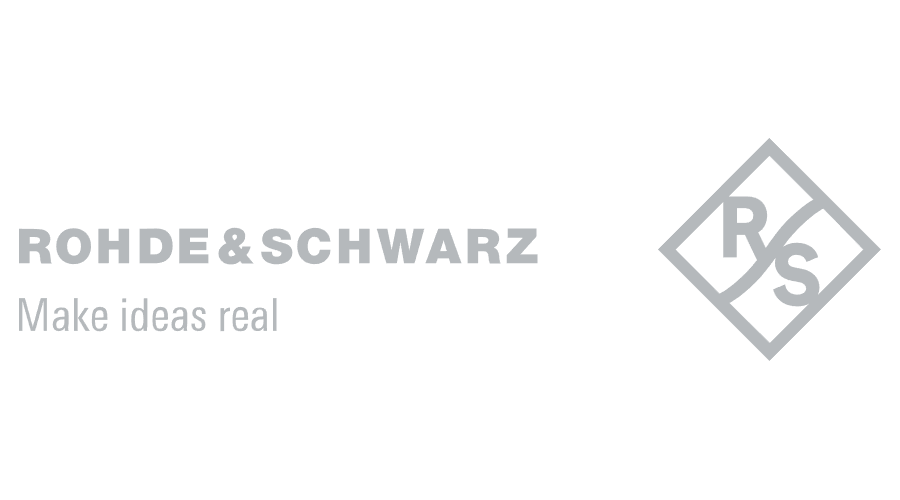
Rohde & Schwarz GmbH & Co. KG
The Rohde & Schwarz technology group develops, produces and markets a wide range of electronic capital goods, contributing to a safer and connected world.
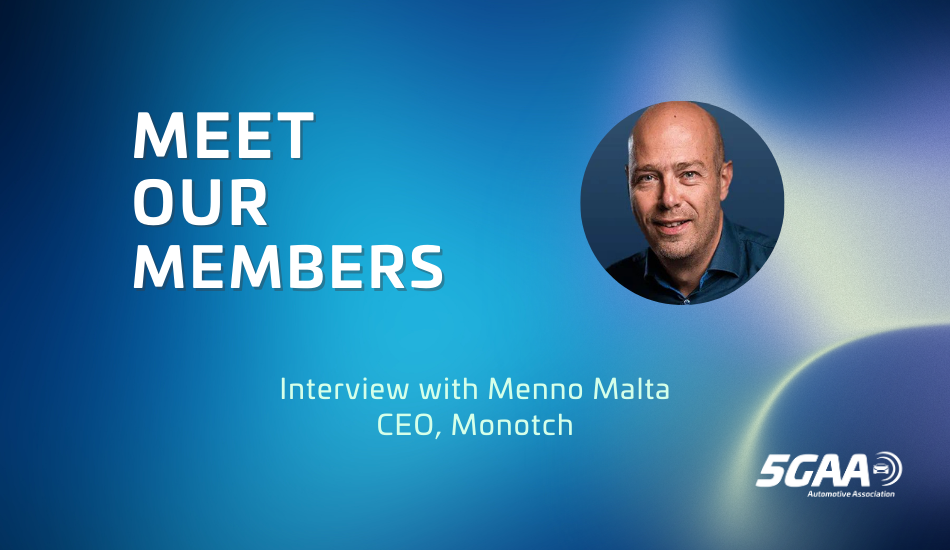
Meet Our Members – Interview with Menno Malta, Monotch CEO
The 5G Automotive Association (5GAA) thrives on the collective expertise and collaborative spirit of its members. Over 110 organisations strong, our membership represents a global network of market leaders and innovators shaping the future of connected mobility.
We are kicking off a new series, “Meet Our Members,” to delve deeper into the stories of the individuals who make up the backbone of 5GAA. First up, we will be featuring Menno Malta, CEO of Monotch, who has been actively involved in one of 5GAA’s most recent and exciting areas of work – Vehicle-to-Network-to-Everything (V2N2X) communication.
This interview series will showcase a diverse range of profiles, highlighting their contributions, challenges, and predictions for the exciting world of 5G-connected transportation. Get ready to be inspired by the passion and ingenuity of our members as we meet the people who make 5GAA.
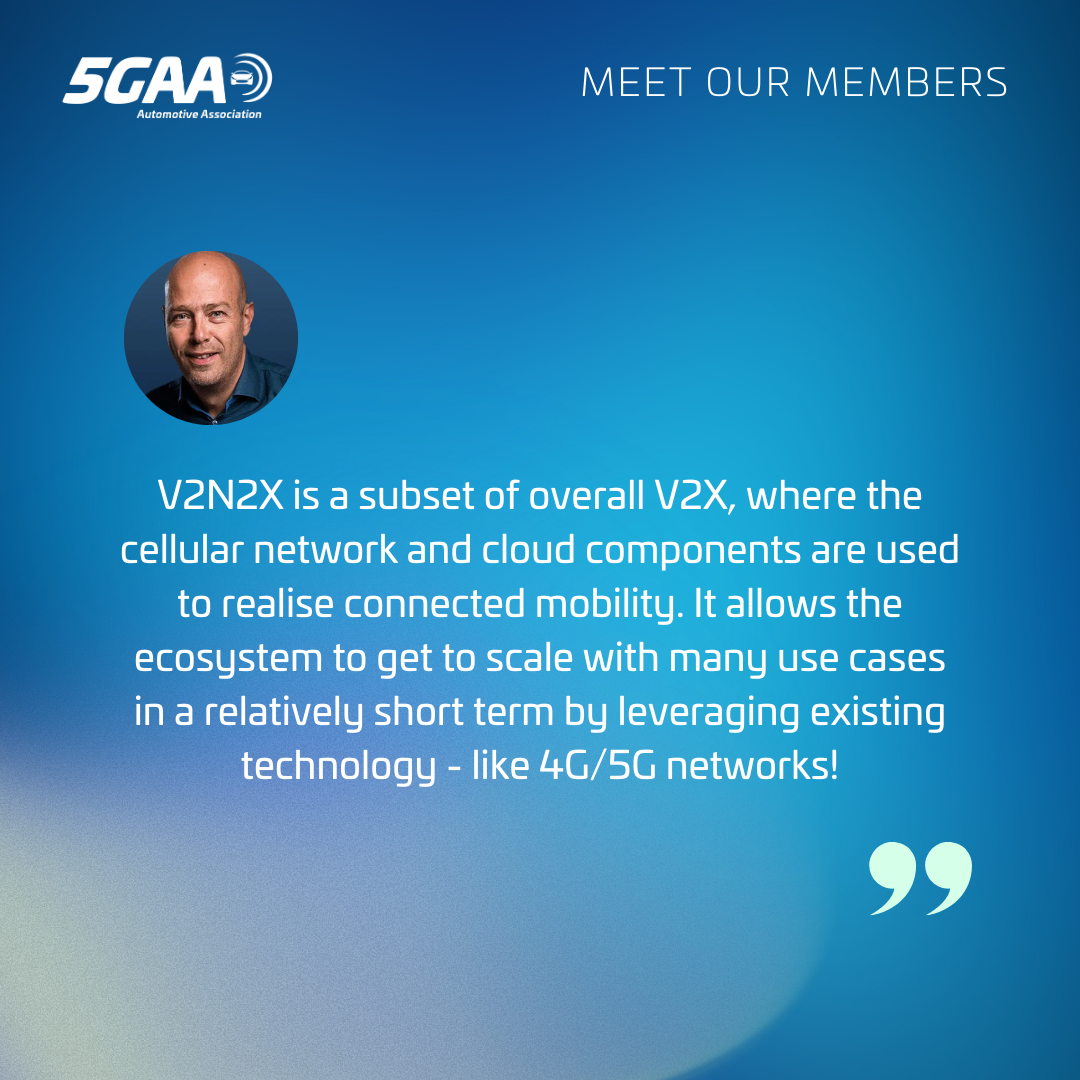
Menno, you are the CEO of Monotch, a 5GAA member company. How does Monotch’s work relate to 5GAA’s, and what keeps you engaged with our association?
Monotch operates at the forefront of the V2N2X market. Our proven TLEX platform is used by cities and road authorities all over the world to connect mobility and digital infrastructure bringing substantial societal benefits and increased cost-effectiveness.
The initial interest that drew us to 5GAA was the opportunity to engage with OEMs, mobile network operators, and related industries. This is still of interest! We really appreciate the possibilities to discuss developments and work jointly on progressing the market. The networking opportunities are also great for us.
Monotch is based in the Netherlands. Last year, your views were instrumental in the organisation of 5GAA’s workshop in the Hague, where we looked at C-V2X deployment in the Low Countries. Two years later, what is the state of play for C-V2X and connected mobility in the Netherlands, and how do you see it unfolding?
In the Netherlands, we see a steady growth of smart and connected roadside infrastructure as well as new use cases such as emergency vehicle warnings that are now available on a large scale. This leads to more connected parties, including the first vehicle OEMs. On top of this, there is a push on urban challenges and use cases, which will lead to even more data and impact in the next few years. The Netherlands is truly a lighthouse deployment, and authorities from other countries come here often to see what’s happening and how they can apply learnings in their own jurisdiction.
One of 5GAA’s recent areas of work has been vehicle-to-network-to-everything (V2N2X) communications, and you’ve been one of its main contributors. What is V2N2X, what makes this such an important topic, and what are some of the biggest hurdles to overcome in achieving its widespread adoption?
V2N2X is a subset of overall V2X, where the cellular network and cloud components are used to realise connected mobility. It allows the ecosystem to get to scale with many use cases in a relatively short term, as it leverages existing technology such as apps, onboard units and, of course, the 4G/5G network! I think it’s hugely important for 5GAA as it shows the value of a connected ecosystem to the main stakeholders and can kickstart overall C-V2X deployment.
The V2N2X work item has been concluded with the publication of a white paper, ‘Road Traffic Operation in a Digital Age,’ and two associated reports. What is the objective of these publications, and how do they complement each other?
The white paper can be seen as a summary of the Technical V2N2X Architecture report. It’s a great read for everyone involved in this market, whether you’re an authority or a private sector executive. The Technical V2N2X Architecture report offers detailed insights into the blueprint architecture, and I recommend it to subject matter experts.
The other technical report is of a different nature. It describes the V2N2X market from a business perspective—for example, the market size, the kinds of business models we see, and which factors drive the market. It also contains descriptions of large-scale example deployments, taking away whatever doubts people might have about the feasibility of V2N2X..
The upcoming online session on 18 June will present the findings of these publications. What are you most excited about sharing with the audience?
So much to share! I can promise the session will be packed with insights, but I’m probably most excited to share the OEM and IOO (Infrastructure Owner and Operator) customer profiles we created. It’s about their goals, pains and gains, and for this, we did a survey and an analysis of large-scale deployments. I’m so excited about it because it really ties to the why of our work.

23rd 5GAA F2F Meeting Week
The 23rd 5GAA F2F Meeting Week will take place face-to-face in Vienna, Austria from 11-15 July 2022.
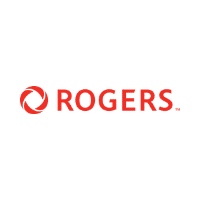
Rogers Communications Canada Inc.
Rogers Communications Inc. is a communications and media company operating primarily in the fields of wireless communications, cable television, telephony and Internet, with significant additional telecommunications and mass media assets.
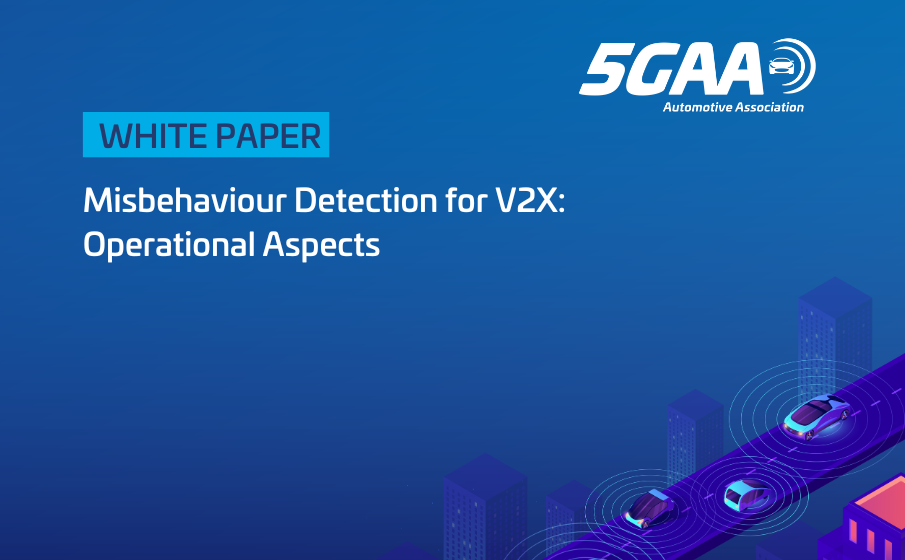
Misbehaviour Detection for V2X: Operational Aspects
This white paper explores how to manage misbehaviour in Vehicle-to-Everything (V2X) communication systems, where vehicles and infrastructure directly exchange information. Misbehaviour can be intentional (like sending false data) or accidental, but it can lead to bad decisions by drivers and hinder the benefits of V2X.
The core contribution lies in exploring various remediation options (e.g., software updates, certificate control) and proposing methods for classifying misbehaviour types. This classification helps define a mapping between misbehaviour severity and appropriate remediation actions.
The paper emphasises the importance of fair and proportionate remediation, highlighting the lack of current standards for determining these actions. It provides technical insights that can inform both policy development for fair and consistent consequences, and technical design of the backend misbehaviour management system.
Find the full document here.


